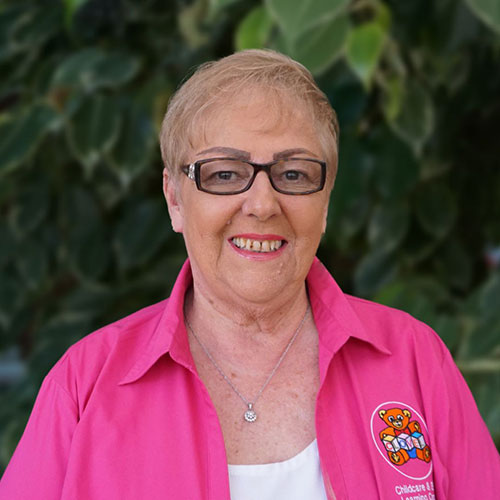Children have a natural attraction to and love of the outdoors. Spending time in nature helps children better understand the world in which they live and their own place in it. And there is no such thing as a child being too young to learn how to care for the natural environment.
Though it may sound like a heady word, sustainability is exactly that—the notion that one can make small changes in their daily life to help care for the planet. And children can most certainly be a part of that. Today, we’re sharing 6 ways you can help your child understand the concept of sustainability and activities to help put what they learn into practice.
1. Read About Sustainability
Books geared specifically toward young children are a wonderful way to introduce the concept of sustainability. The key here is to keep the explanation simple.
Old Enough to Save the Planet by Loll Kirby is as informative as it is beautiful and is packed full of stories from real-life children who are making a difference in caring for the planet.
For younger children, Change Starts with Us by Sophie Beer is a sturdy board book that can stand up to endless wear and tear and helps preschoolers understand that big change can happen from small efforts made by young children (things like turning off the lights when leaving a room).
Reading together is an easy way to transform an abstract concept into concrete knowledge your child can understand and apply in their daily lives.
2. Teach Your Child About Recycling
Your child may know that glass and paper are sorted into their own bins in your home…but do they understand why?
Talk to your child about the recycling you do in your home. Explain to them how it can be beneficial when conducted the right way. If you aren’t currently recycling, now is the perfect time to start. If your city does not provide recycling bins, let your child help you create labels and affix them to bins. Sorting between rubbish and recyclables is a wonderful activity for young learners.
3. Head Out for a Clean-Up Hike
Kids love spending time outdoors, so why not take a walk with a purpose? Head to your local park or favorite nature trail and hike with the express purpose of hunting down loose trash. Give your child a trash bag to carry and encourage them to hunt for rubbish other hikers leave behind—beverage bottles or cans, food wrappers, and other bits of trash.
As you hunt, explain to your child that, by removing the waste from the environment, they are protecting the wildlife that lives in the area and preventing the trash from making its way into nearby rivers or oceans.
4. Consider Composting
Much of the food material we throw away can be composted and turned back into nutrient-rich soil that benefits the planet.
If you have the space, consider starting a small, backyard compost bin. Your child will be fascinated watching eggshells, veggie scraps, paper, and other materials slowly transform into soil.
And if you don’t have the space for a formal compost pile, your child can still learn about composting. Consider helping your child make a mini composter you can keep in the home.
No matter how big (or small) your composter is, be sure to ask your child questions about the experience. What does the compost look like today? How has it changed from last week?
Once the composting process is complete, your child can use the soil to grow plants of their own….which brings us to…
5. Grow a Garden
Growing fruits or vegetables is a fantastic way to help children understand where their food comes from and the life cycle of plants.
While most people think of sprawling rows when they hear the words “backyard garden”, the truth is many veggies grow quite well in either a raised bed or a container. And container gardens are perfect no matter how little space you have.
If you’re looking for a little guidance on starting your own garden, check out this article for ideas and tips.
6. Collect and Use Rainwater
Conserving water is a part of sustainability, and teaching children how to collect and use rainwater is an easy way to help them understand just how valuable water is.
Once again, books on the subject are a parent or caregiver’s best friend. We love Drop: An Adventure Through the Water Cycle by Emily Kate Moon.
And this site is a great resource for parents who want to harvest rainwater with their children. By offering simple explanations and relevant activities, parents can help children appreciate the importance of caring for our planet and empower them to make a difference in their own corner of the world.












